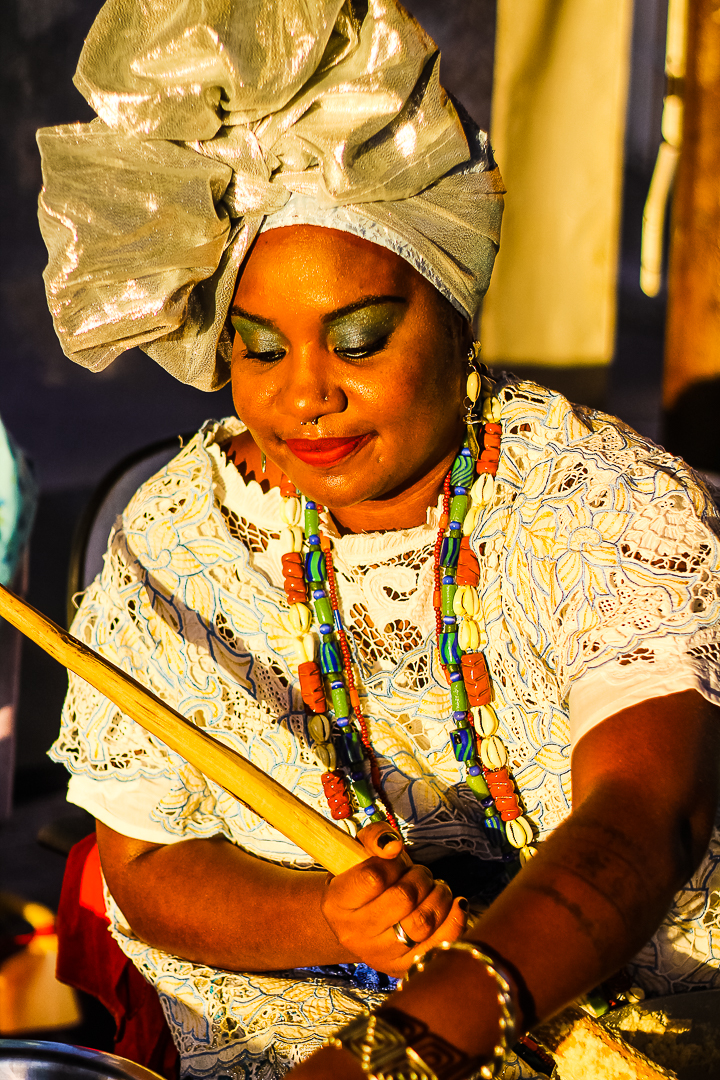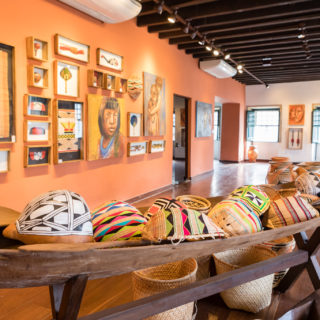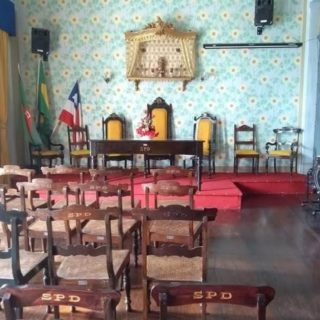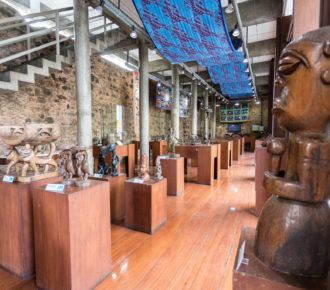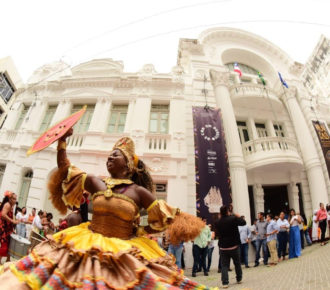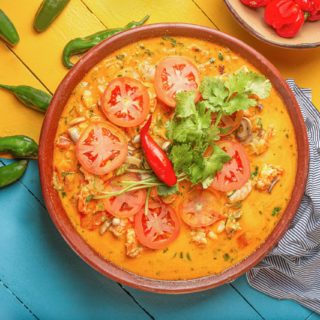
From baianas’ trays to Jorge Amado’s stories, learn more about this deliciousness of Bahian cuisine
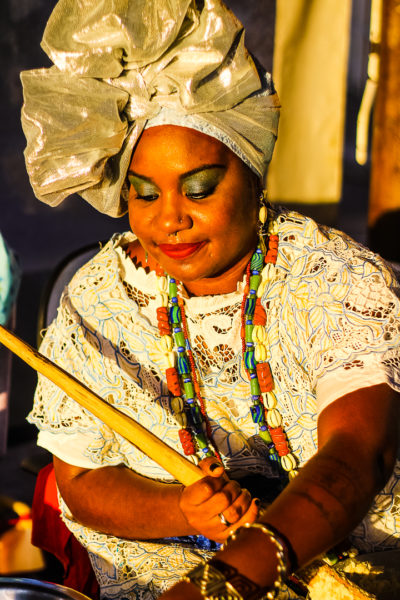
Bolinho de estudante is a sweet made of fried tapioca dough, coconut, sugar and cinnamon. People say that the dumpling should be eaten still hot, as the dough is tastier that way. The sugar mixed with the cinnamon forms a crispy crust, leaving the dumpling crunchy on the outside and soft on the inside: it’s a sigh with every bite.
It is a dessert in the houses for an afternoon snack; it is also delicious accompanied by a good coffee. Many restaurants and sweet shops serve this food. Even so, the most traditional place is the tray of the baiana de acarajé.
The baianas de acarajé are a historical and affective memory of Bahia. They are the ones who present the city, customs and flavors of Salvador. Definitely, it will be through their delicacies that your experience in the city will be even deeper. The baiana’s tray usually has acarajé, abará, vatapá, caruru, shrimp, salad and pepper, as well as cocada, bolinho de estudante and passarinha. But all this is at the discretion of each baiana.
Fist-made
The basic ingredient of the bolinho de estudante is tapioca flour, produced during the manufacture of cassava flour. To have the right texture is hard. The greatest skill in making the recipe is in the way of manipulating the dough, of making the right movement with the fist, which makes it known as a “fist-made” candy. With the dough, dumplings are made and fried in corn oil or sweet olive oil.
The dumpling and the stories of Jorge Amado
Those who love Jorge Amado’s work will find bolinho de estudante in: “The War of the Saints”. Paloma Jorge Amado’s book, “A Comida Baiana de Jorge Amado – ou O Livro de Cozinha de Pedro Archanjo com as Merendas de Dona Flor”, where literature and gastronomy merge in recipes and stories, says that the bolinho de estudante is more known as “wank”, a name that gives rise to many jokes. It’s about the fritter’s name that Manela and Romélia talk about, in The War of the Saints.
“Romelia knew her, blessed her and joked about the real name of the so-called bolinho de estudante. How is it, Aunt Romelia? And you don’t know, girl? Look, you know it very well, the name is wank, bolinho de estudante is the pronunciation of the dumb. (…)” (The War of the Saints)
The origin of the dumpling
The book “Cozinhando Histórias – Receitas, Histórias e Mitos de Pratos Afro-brasileiros” (Cooking Stories – Recipes, Stories and Myths of Afro-Brazilian Dishes), written by Josmara B. Fregoneze, Marlene Jesus da Costa and Nancy Sousa, better known as Dona Cici, tells that in the 18th century, enslaved women and black women who made delicacies roamed the streets of Salvador selling cakes, biscuits, dried fruit sweets, fritters, confectionery, rice pudding, sponge cake, cocadas and many other goodies.
According to the authors, the sweets were prepared at home and sold in the streets on wooden trays covered with banana leaves, with cloth towels, as white as coconut, and lacy paper towels. Some of these women had fixed points, but others walked the streets with their trays on their heads touting their delights.
Later, in the 20th century, the baianas with their trays established their spots at the doors of the schools, where their sweets were popular among the children and one of the favorite sweets was the tapioca dumpling with grated coconut, which were baked on the spot, and the boys and girls ate still warm. Thus, according to the book, this dumpling became known as bolinho de estudante (student’s dumpling).
Ingredients and method of preparation
1 kg of tapioca flour; ½ kg of cassava flour; 2 large grated coconuts; 1 teaspoon of salt; 2 cups of sugar; 2 glasses of water; cloves and cinnamon pieces.
In a bowl mix the tapioca, grated coconut, sugar and salt and set aside. Boil the water with a few pieces of cloves and cinnamon and gradually add to the other ingredients, mixing well until it forms a pasty dough. Let it sit for about 30 minutes. Shape the dumplings and spread them in the manioc flour. Roast on the coals (or fry in corn oil). Pass the dumplings in a mixture of powdered sugar and cinnamon. (recipe taken from the book Cozinhando Histórias – Receitas, Histórias e Mitos de Pratos Afro-brasileiros)
By Fernanda Slama
Content Coordinator of the portal Salvadordabahia.com
Footnote:
Book: * “Cozinhando Histórias – Receitas, Histórias e Mitos de Pratos Afro-brasileiros” with photos by Pierre Verger. It was written by Josmara B. Fregoneze, Marlene Jesus da Costa and Nancy Sousa, better known as Dona Cici.

